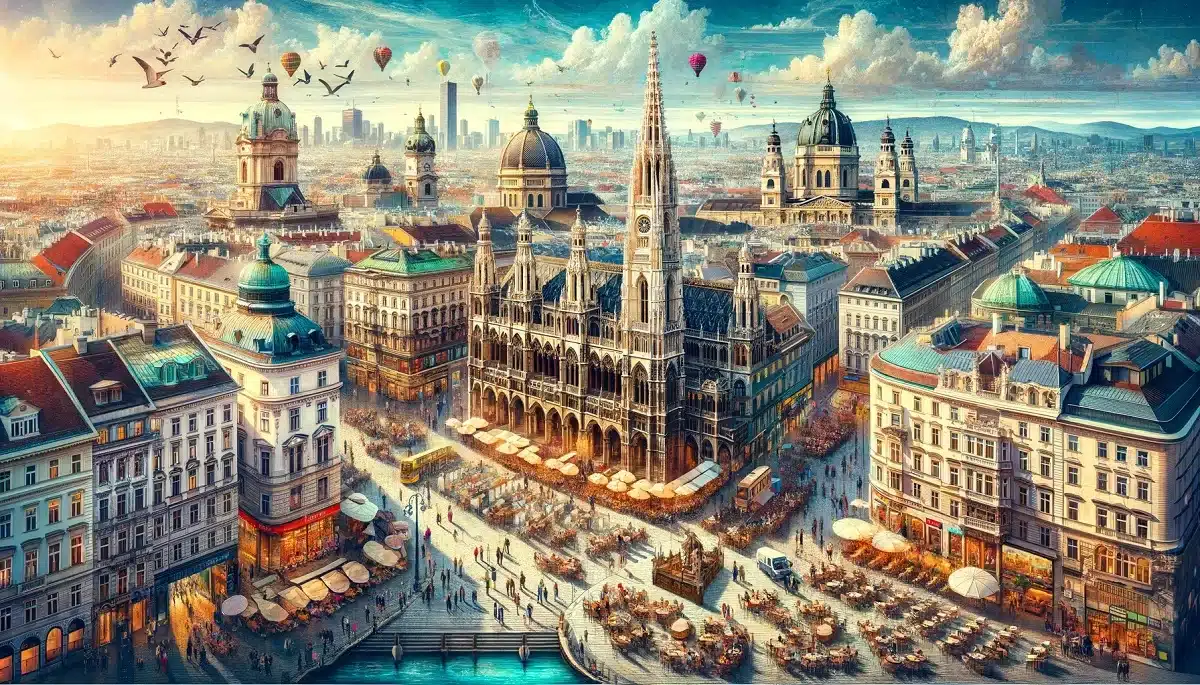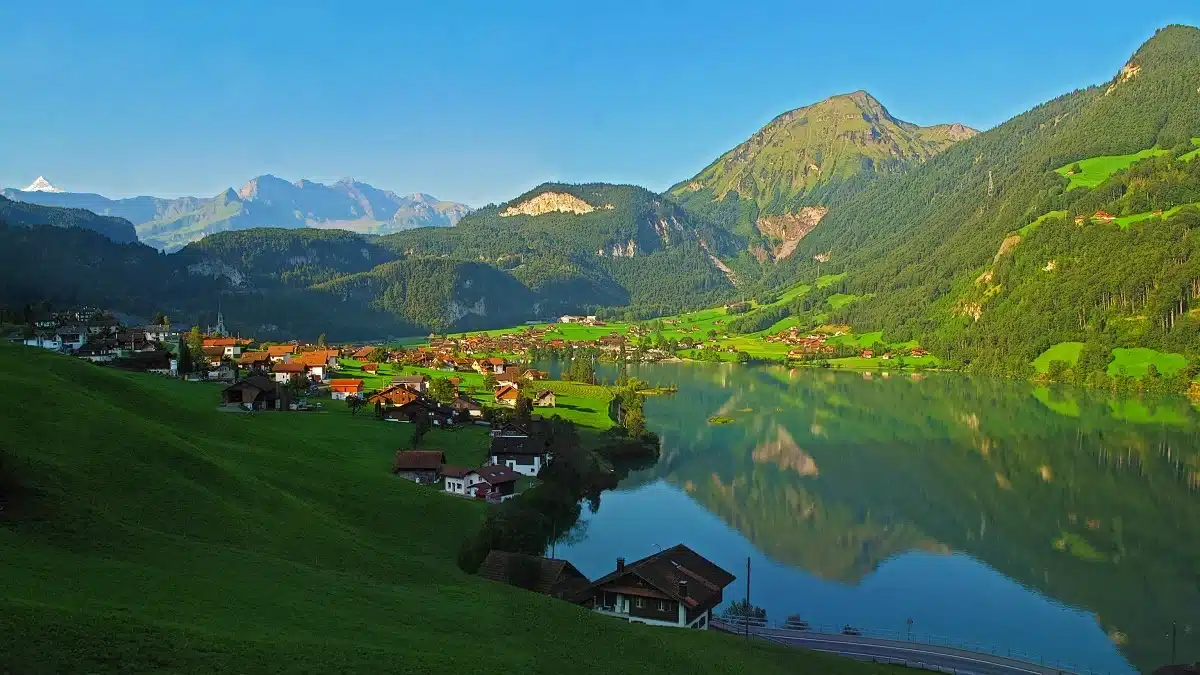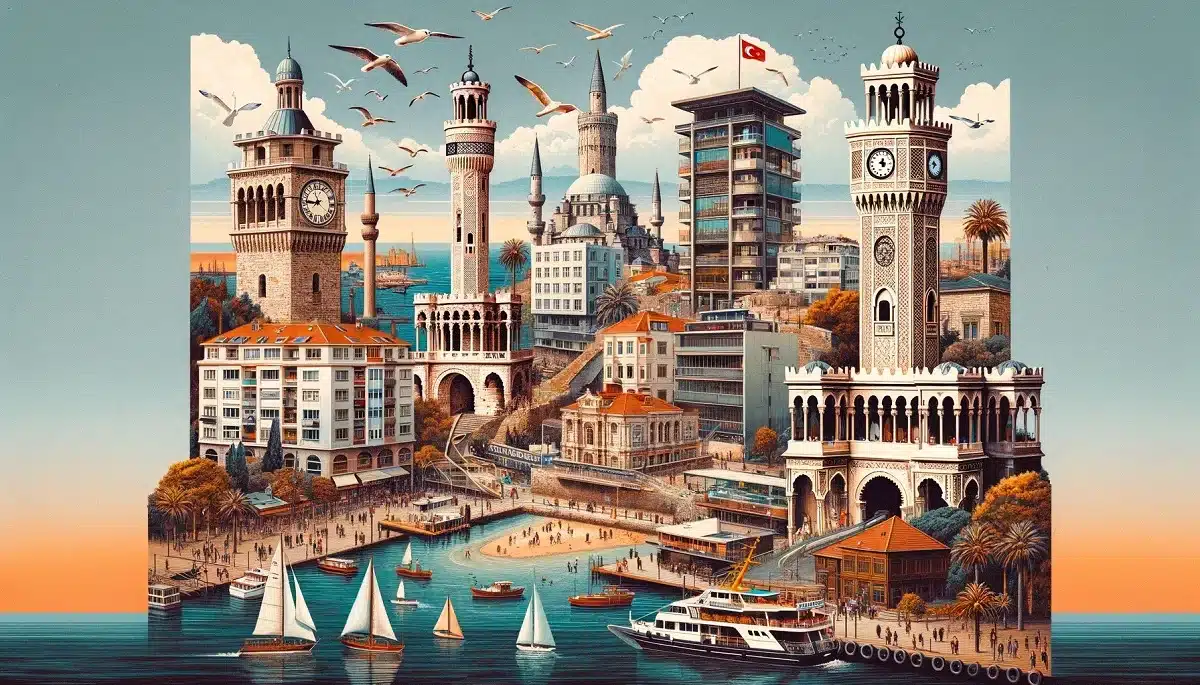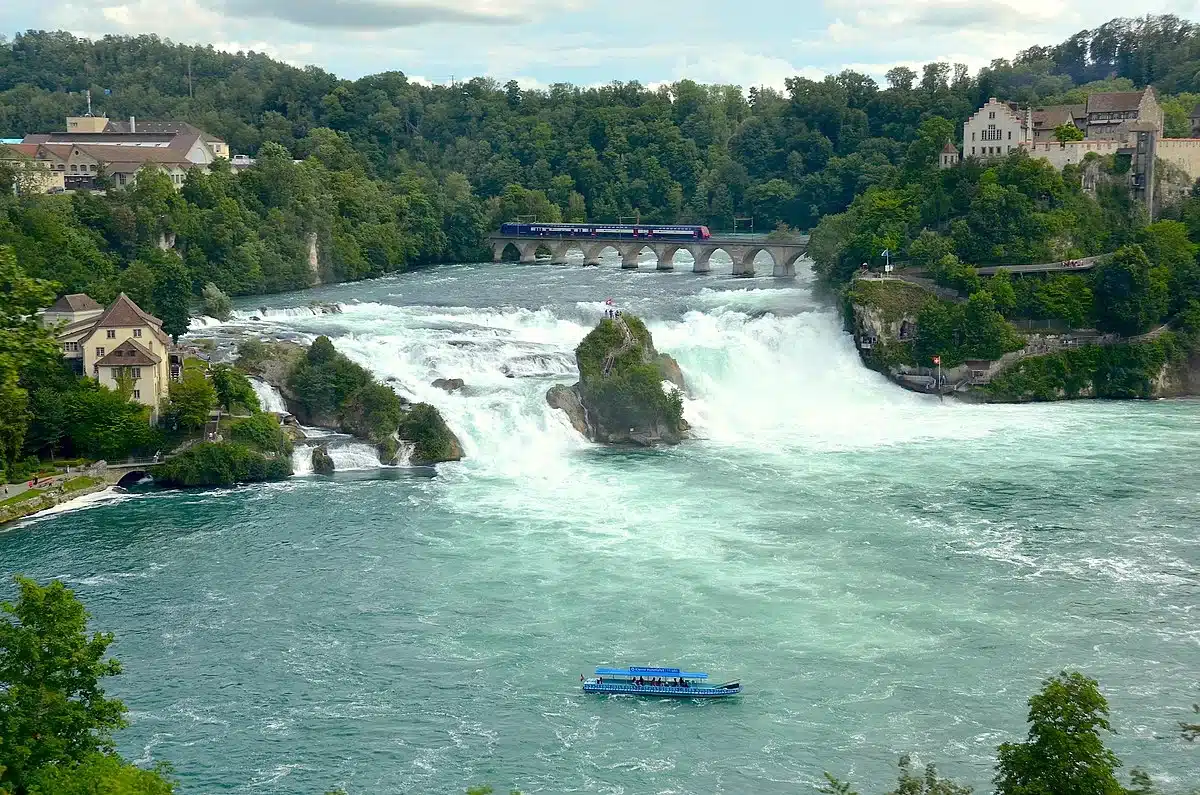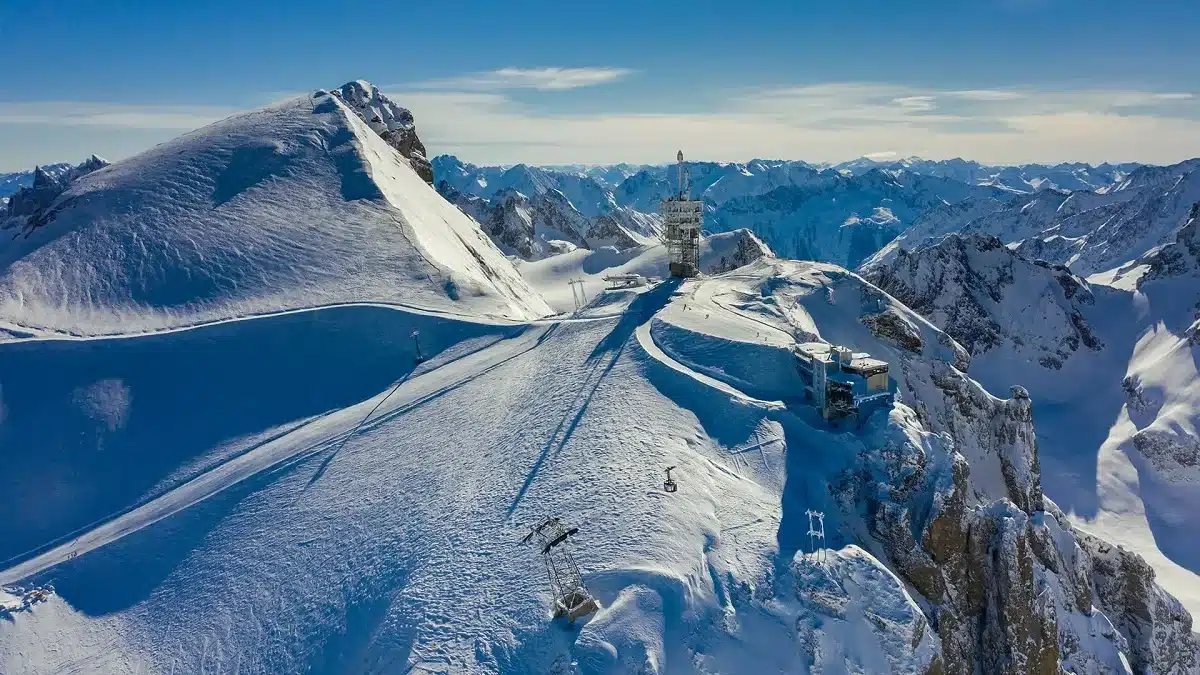Germany stands out not only as the economic heart of the European Union but also as one of the most sought-after destinations for those seeking an exciting vacation experience in Europe. This Central European country offers easy access to all its cities, big and small, through its extensive and efficient network of highways and high-speed trains.
Choosing a City in Germany
If you’re planning to spend time in just one city in Germany, major cities like the capital Berlin or Munich, known for its historical richness, would be ideal choices. Alternatively, consider a road or train journey to explore Germany’s breathtaking small towns and cities. Notable destinations include the charming spa town of Baden-Baden in the Black Forest or the medieval town atmosphere of Rothenburg.
The Landscape of Germany
Germany appeals to a variety of tastes with its magnificent landscapes. From the enchanting valleys of the Rhine and Mosel rivers to the impressive mountain vistas of the Bavarian Alps, and from the stunning views along the shores of Lake Constance to the striking coastlines of the Baltic and North Seas, every corner offers something to discover.
Berlin: A Hub for Culture and Adventure
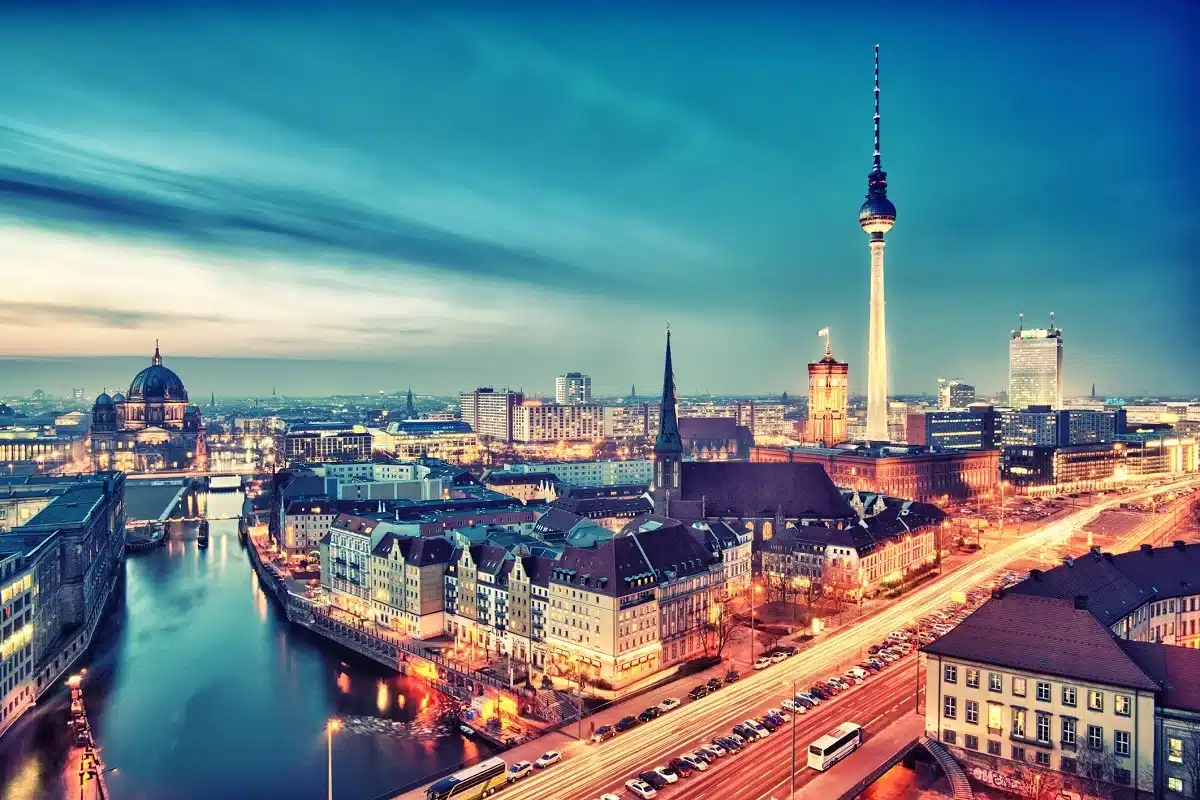
For those seeking unforgettable cultural experiences and exciting outdoor adventures, Berlin is an ideal destination. If you plan to spend a few days in Berlin, immerse yourself in the city’s vibrant atmosphere filled with shopping, entertainment, and excellent dining experiences. Berlin also stands as one of Europe’s leading cultural centers, home to countless art galleries and museums waiting to be explored. Among the most significant of these is the area known as Museum Island, offering days worth of discoveries.
After daytime cultural tours, evening activities such as concerts by the Berlin Philharmonic Orchestra or a performance at the Berlin Opera are particularly appealing. Additionally, in the Mitte District, you can see iconic structures like the Brandenburg Gate, or in Charlottenburg, seek a slower pace at the Zoological Garden or explore the 17th-century Charlottenburg Palace. These rich and varied travel options make Germany a must-visit for every kind of traveler.
Munich: The Gem of Bavaria

As the capital of Bavaria, Munich is one of Germany’s largest cities and is renowned for its location near the Bavarian Alps. Founded in 1158, this city plays a decisive role in Germany’s cultural and political life. Munich has rapidly grown into a central hub for arts, commerce, and religion. The city’s historic churches, such as the Peterskirche from the 1300s, the iconic Frauenkirche, and the Renaissance-era Michaelskirche, draw visitors’ attention.
The city’s central Marienplatz is considered the heart of Munich and is an ideal starting point for exploring on foot. Historical buildings around the square, like the Old and New Town Halls, showcase exquisite examples of medieval architecture. Additionally, Munich’s attractive pedestrian zones and numerous parks, especially the English Garden—one of the world’s largest urban public parks—offer visitors a natural retreat. This wealth of attractions underscores why more than a day is needed to explore Munich.
The Heart of the Medieval World: Rothenburg
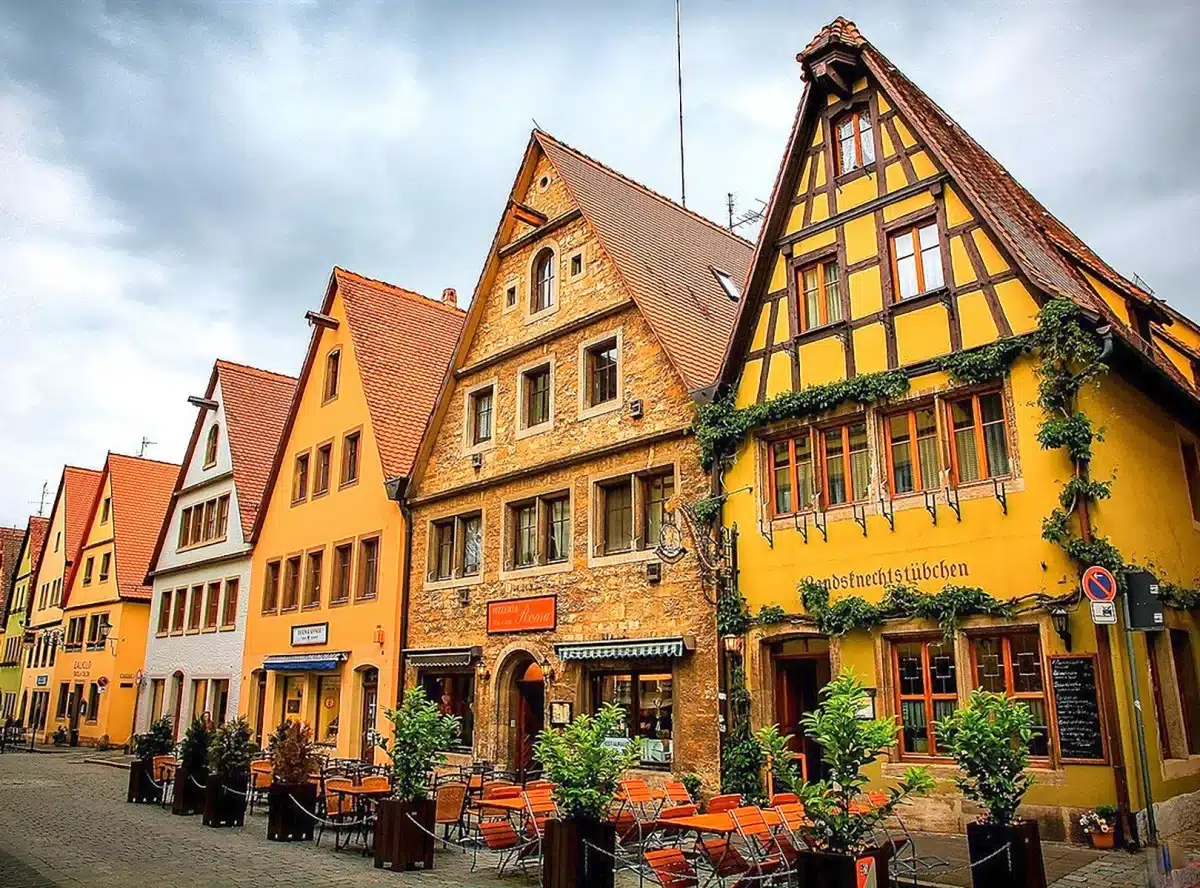
If one had to choose just one place to visit in Germany, it would undoubtedly be Rothenburg ob der Tauber. This enchanting medieval town is located in the heart of Bavaria and offers easy access from major cities like Frankfurt. Rothenburg provides unique picturesque scenes that are especially captivating for photographers and history enthusiasts. The town has largely survived the destruction of wars, maintaining many of its original medieval structures.
Visitors can explore historic landmarks such as the 13th-century Town Hall and the Imperial City Museum, housed in an old monastery. Additionally, visiting the Castle Gardens, which have remained largely unchanged since the 17th century, offers a mesmerizing experience. Staying in Rothenburg is ideal for exploring the medieval walls and the Old City’s magnificent views, especially after day-trippers have left. As sunset approaches, a walk towards the historic Plönlein intersection ensures an unforgettable evening in one of Germany’s most attractive corners.
Cologne: The Intersection of History and Modernity
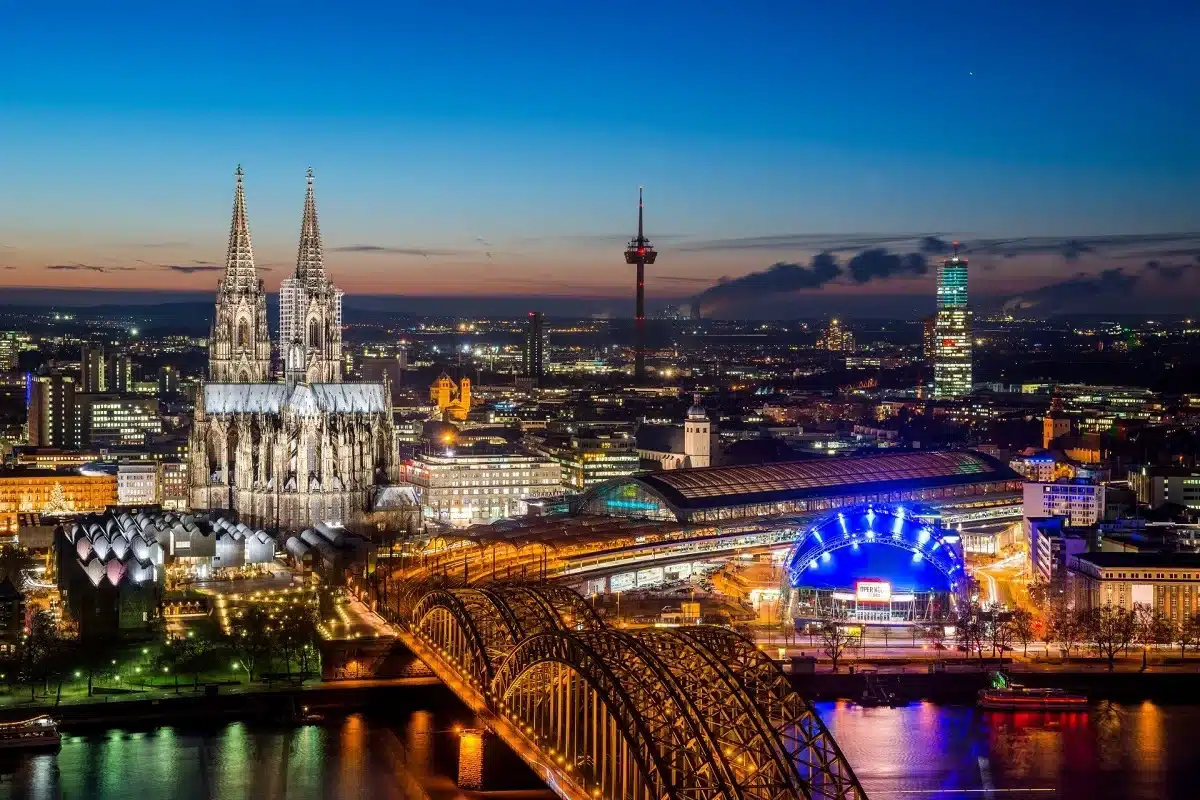
Cologne is one of Germany’s oldest cities that has managed to preserve its history up to modern times. Founded by the Romans, the city has remained an important religious center and pilgrimage site over the centuries. Famous historic churches such as the Cologne Cathedral are just a few of the accessible landmarks in the Old Town, surrounded by breathtaking structures and former merchant houses.
The trade and shopping areas in Cologne significantly enhance the allure of the historic city center. Shopping enthusiasts can find a variety of products in the Old Town area, from locally produced fashion items to fragrances and foods. Visitors should not miss tasting the original Cologne-made chocolates. Moreover, Cologne offers cultural richness with its ancient Roman remains, magnificent Baroque palaces, and numerous world-class museums and art galleries. Walking paths along the Rhine River and boat trips on the river complete the unique experiences offered by the city.
Koblenz and the Rhine Valley: Historic and Natural Beauty
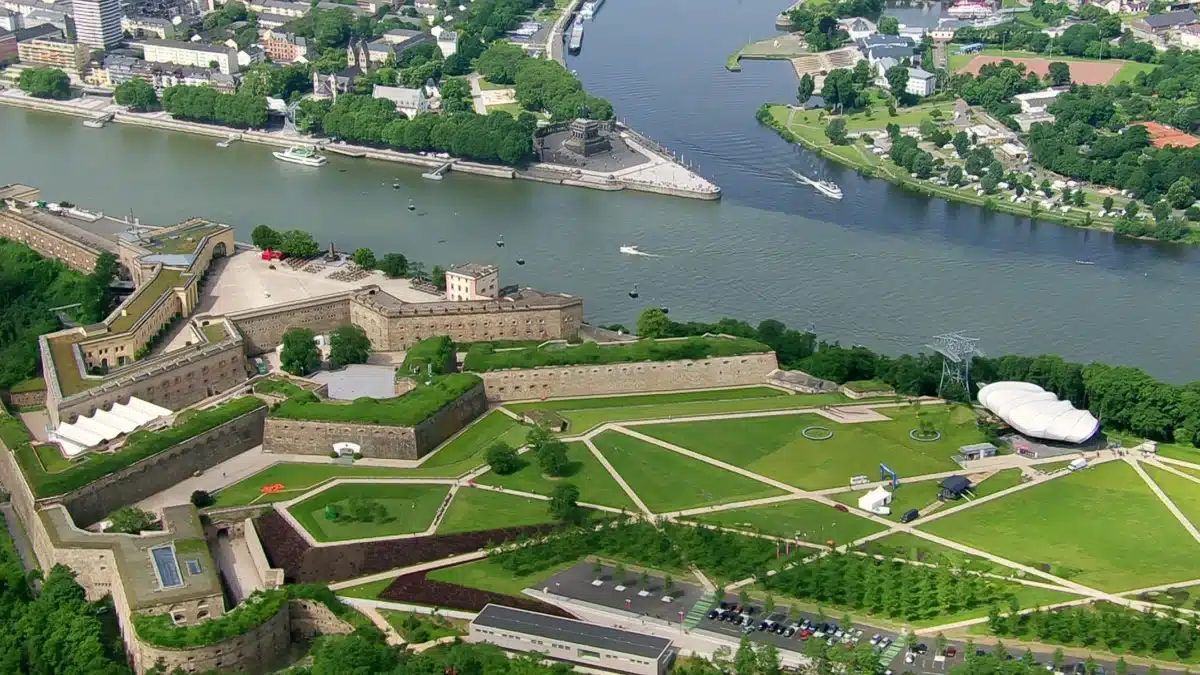
If you are planning a Rhine River trip, the magnificent city of Koblenz must certainly be on your list. Famous for the Deutsches Eck (German Corner) where the Rhine and Mosel rivers converge, this spot is marked by a grand monument adorned with an equestrian statue of Emperor Wilhelm I. The confluence of these rivers becomes even more enchanting with classical music concerts held on summer evenings. The Koblenz cable car offers visitors the opportunity to ascend to Ehrenbreitstein Fortress, enjoying breathtaking views of the city and rivers.
Koblenz also serves as an excellent starting point for exploring the Rhine Valley. The Upper Middle Rhine Valley, a UNESCO World Heritage site, stretches from Koblenz to Mannheim and offers visitors fairy-tale-like landscapes. The riverside old towns and castles shed light on the region’s history and are worth exploring via daily ferry services. Towns like Bingen am Rhein and Bacharach are among the unforgettable places in the Rhine Valley. Traveling through the area by car or bicycle is a delightful way to discover its historic and natural beauties.
Baden-Baden: Germany’s Spa Paradise
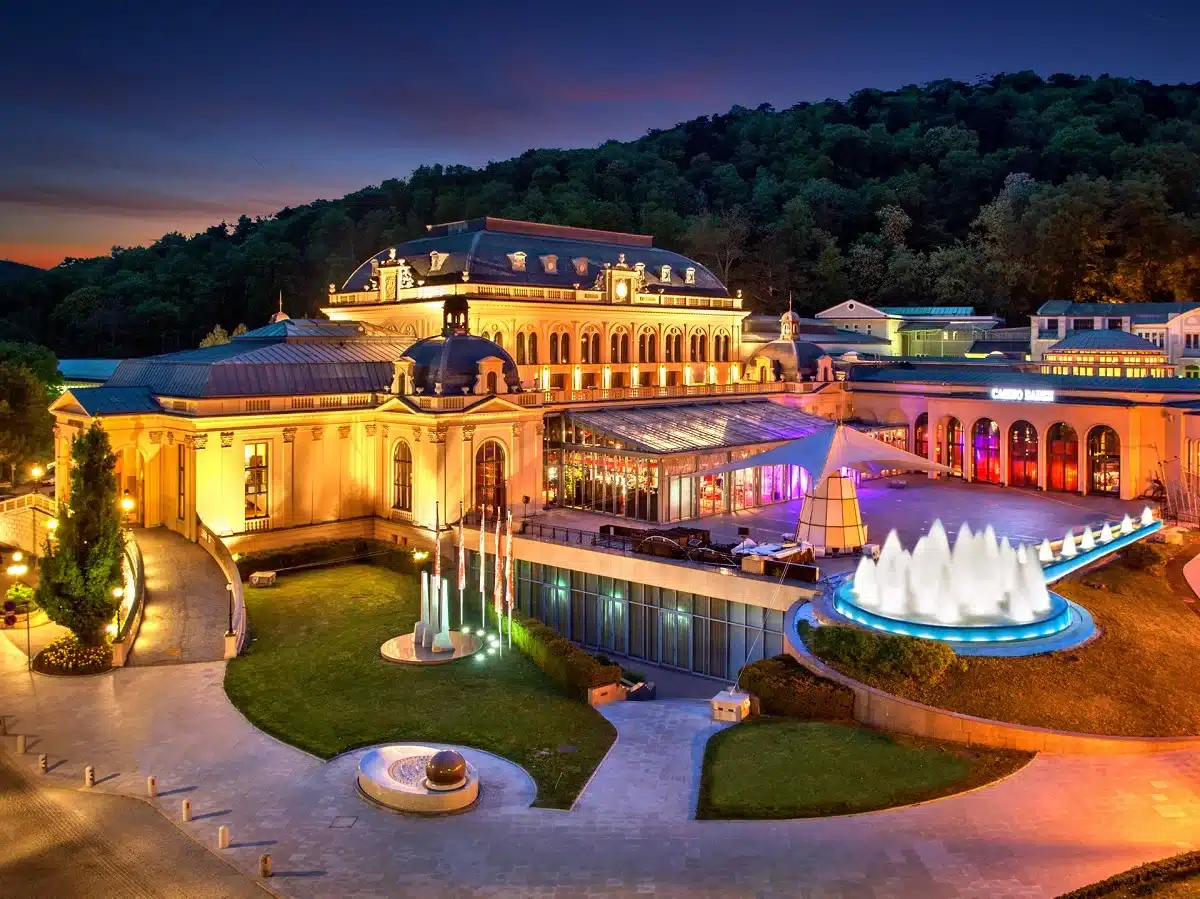
Nestled in the heart of the Black Forest, Baden-Baden has been a favored spa destination for the wealthy and royalty for centuries. Known for its healing waters and mild climate, this charming town is regarded as the spa capital of Germany. Visitors can experience traditional spa treatments dating back to Roman times while exploring the historic Spa Garden, Kurgarten. Kurgarten also serves as the town’s cultural center, bustling with various boutique shops, art galleries, and restaurants. It is a popular venue for various events and festivals throughout the year. Baden-Baden is also ideal for sports activities and nature walks, especially the hiking and biking trails in the Black Forest, offering attractive options for nature lovers.
Nuremberg: Medieval Architecture and Cultural Richness
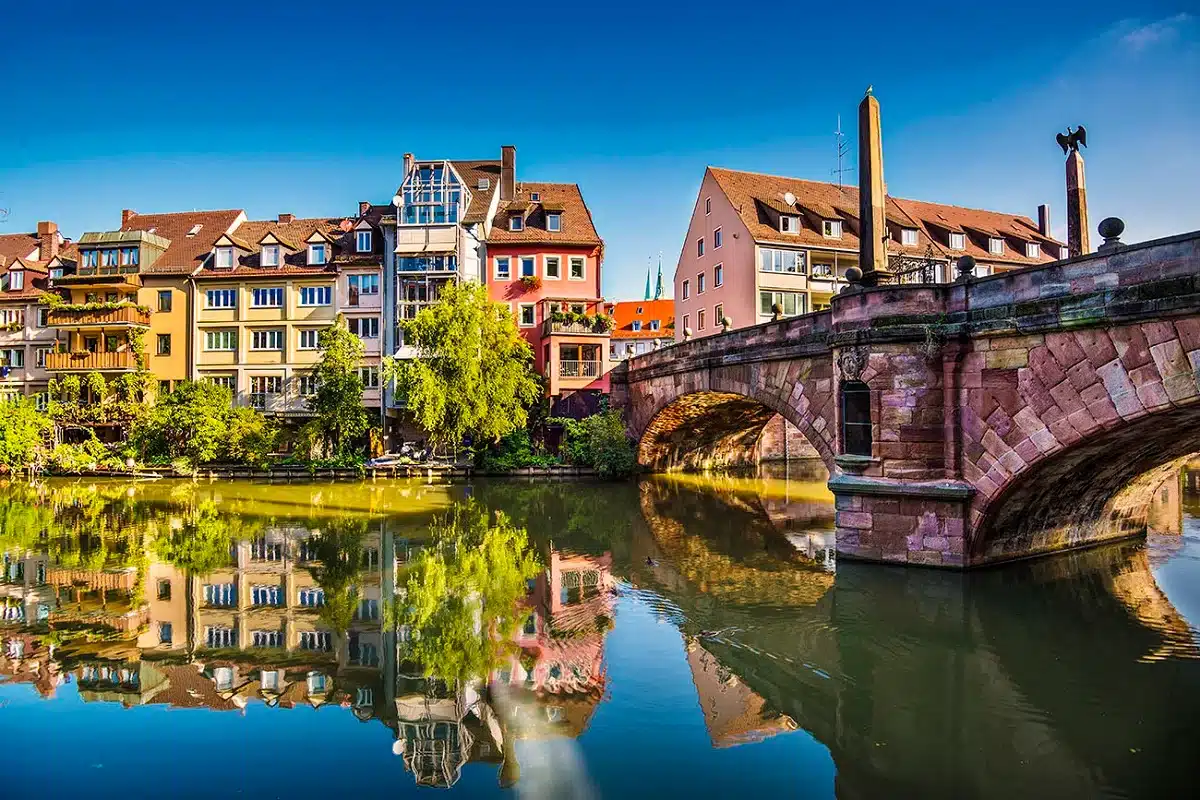
Nuremberg stands out with its historical and cultural heritage. Heavily damaged during World War II, the city was reconstructed post-war, faithfully maintaining its original medieval appearance. The Old Town area of Nuremberg, with its historic buildings and fortifications, offers visitors a journey through time. Nuremberg Castle, one of the city’s landmarks, houses museums that are a treasure trove for history enthusiasts. The five kilometers of city walls, built in the 1300s to protect the old city, are still accessible to visitors today. Rich in shopping, dining, and cultural activities, Nuremberg is also known for its famous Nuremberg Christmas Market. This market, considered one of Germany’s oldest and finest, provides an unforgettable winter experience for its visitors.
Frankfurt: Germany’s Financial and Cultural Hub
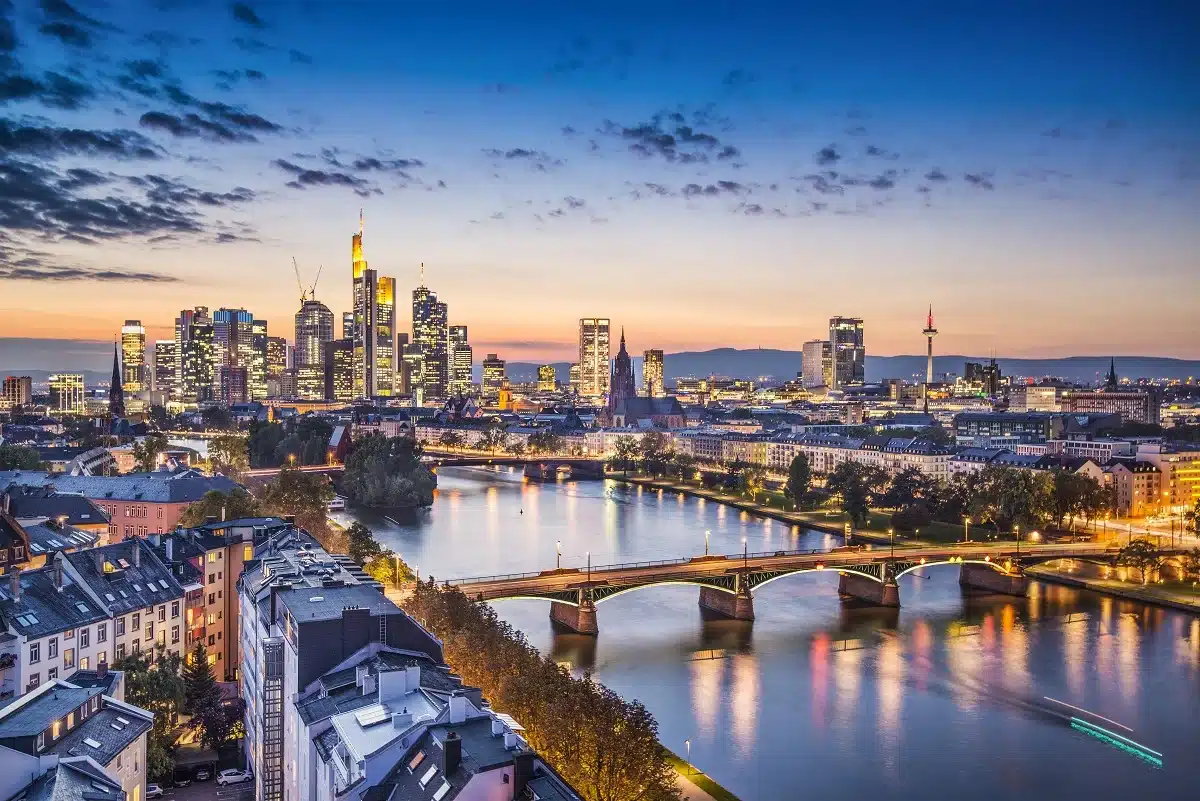
Frankfurt, having been an independent city-state for many years, remains one of Germany’s most significant cities. Located along the Main River, this historic city continues its role as a major trading center. The Old Town (Altstadt) area sheds light on the city’s history and offers visitors a variety of impressive structures. Römerberg is a pedestrian-friendly and charming square surrounded by medieval townhouses, boutique shops, and galleries, known for its outdoor dining options. Frankfurt is also renowned for its modern architectural marvels; the city’s financial district, famously known as “Mainhattan,” is noted for its skyscrapers. The convention centers hosting major events like international fairs and the Frankfurt Book Fair are part of this modern city’s identity.
Dresden: The Cultural Capital of Eastern Germany
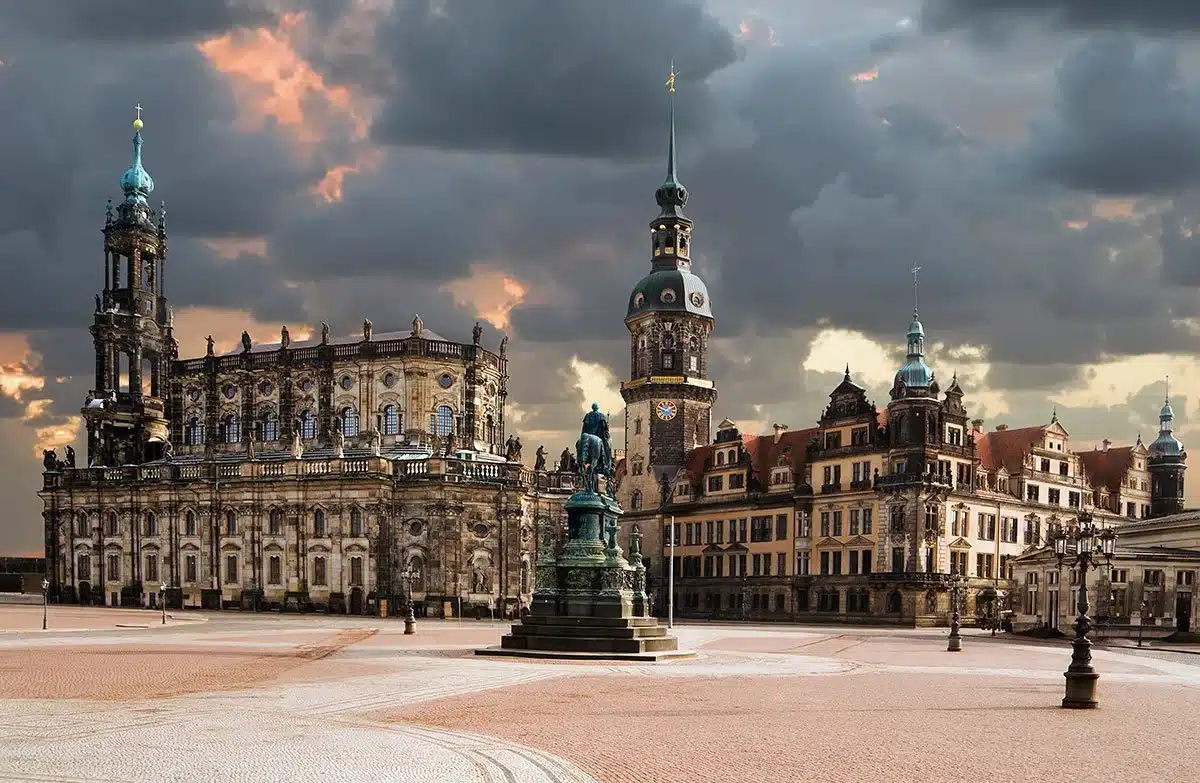
Dresden, strategically located near the Czech Republic border, stands out as an excellent base for exploring Eastern Germany and Eastern Europe. Just two hours away from Berlin, this historic city is an ideal starting point for day trips. Situated in the fertile lands of the Upper Elbe Valley, Dresden has developed as a rich trading center throughout history. The city is famous particularly for iconic structures like Frauenkirche, a Baroque cathedral that was devastated during World War II and has since been restored to its former glory after an extensive rebuilding process. The numerous museums and galleries around Dresden’s Neumarkt square highlight the city’s rich cultural and artistic offerings.
Leipzig: The Vibrant Cultural Center of Saxony
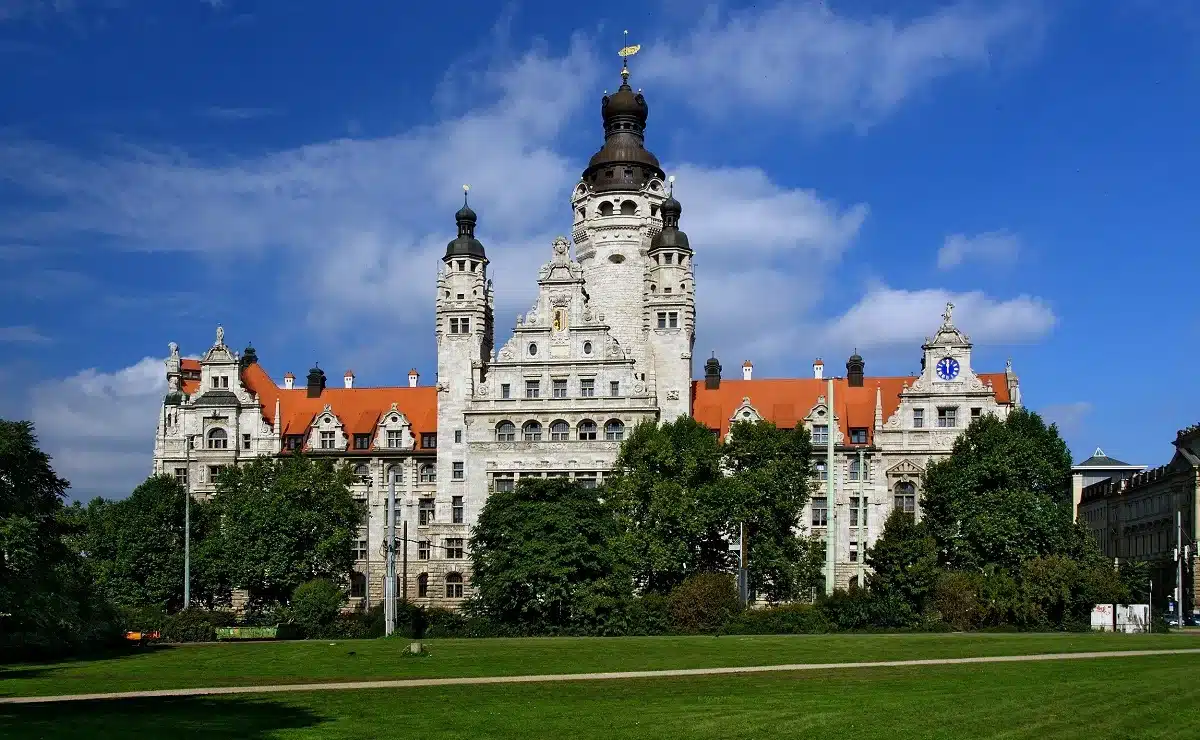
Leipzig is known for its traditional fairs and rich markets, particularly famous for its Christmas Market, offering unforgettable experiences to visitors. Positioned at the confluence of the Weisse Elster and Pleisse rivers, Leipzig has long been one of Germany’s important commercial centers. The city is also recognized as an art and learning center, home to institutions such as international book fairs and the German National Library, which contribute to its rich literary heritage. Leipzig’s rich cultural and musical legacy makes it one of the most popular tourist destinations in Eastern Germany. The city’s historic architecture, shopping venues, and various attractions like botanical gardens offer diverse exploration opportunities. The Battle of the Nations Monument and the Old City Hall are among the must-visit sites to understand Leipzig’s historical significance.
Düsseldorf: Germany’s Cosmopolitan Face
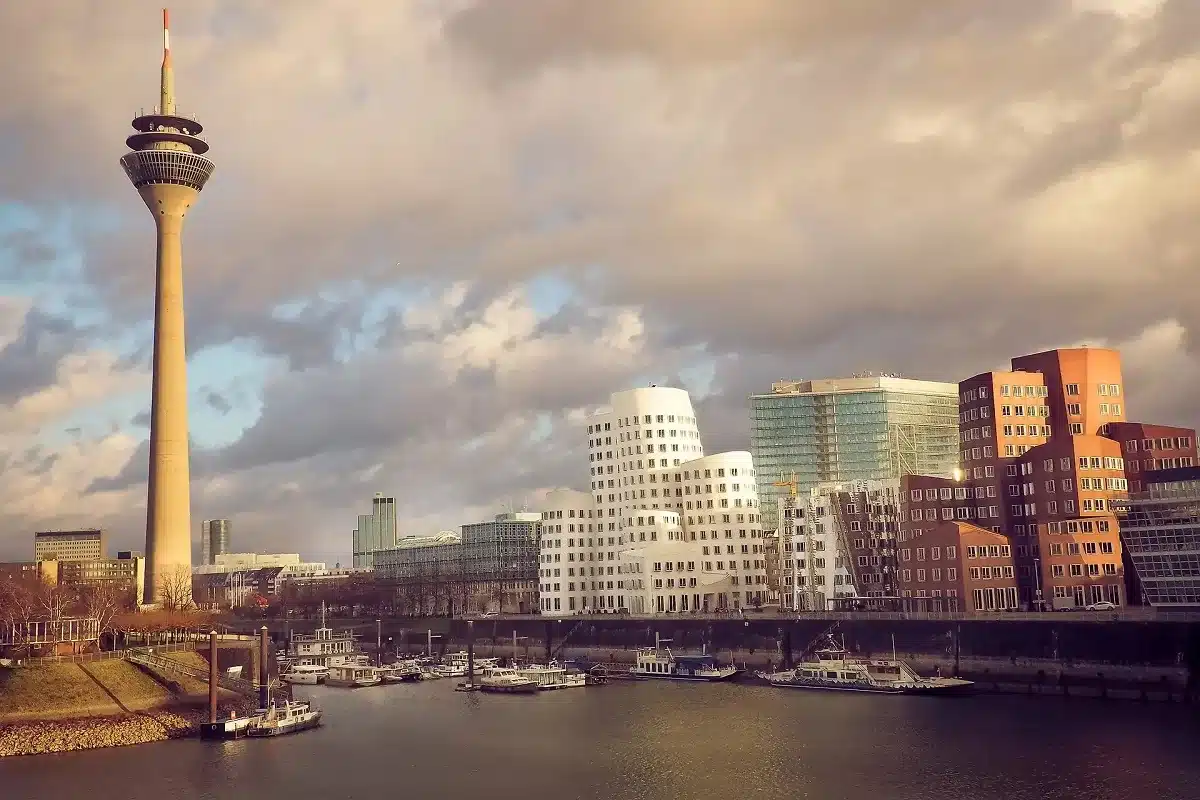
Düsseldorf stands out as one of Germany’s most cosmopolitan cities, notable for its rich cultural history and a vibrant scene in modern art and fashion. The city’s proximity to Amsterdam also marks it as a significant European hub. A tour starting in the historic Old Town (Altstadt) area, featuring the picturesque Marktplatz and the impressive City Hall (Rathaus), offers a wide range of shopping and dining opportunities, from chic boutiques to Michelin-starred restaurants. Königsallee is renowned for luxury shopping experiences. Among the city’s green spaces, Nordpark and Hofgarten provide ideal spots for a break from urban life. The Rhine River Promenade (Rheinuferpromenade) is perfect for a relaxing evening stroll and hosts numerous restaurants and cafes.
